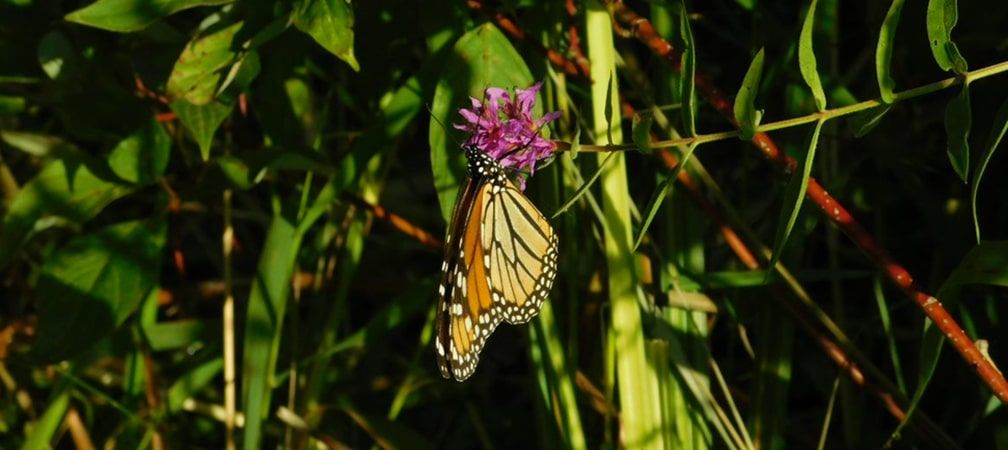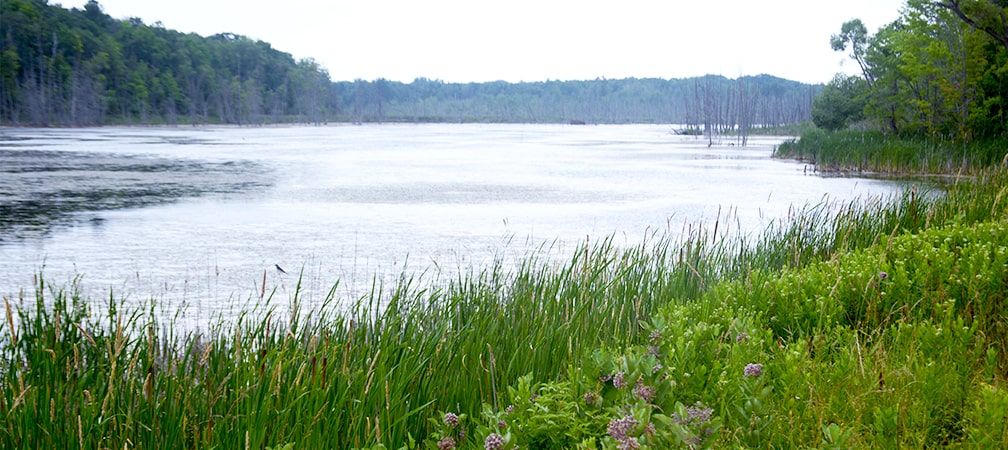Ontario Nature Blog
Receive email alerts about breaking conservation
and environmental news.
© Lora Denis
© antefixus21 CC BY 2.0
People are often fearful of something new. This fear can result in unwillingness to break from routine – which, arguably, has been the case in conservation across Canada for many years.
Take “Other Effective Areas-based Conservation Measures” (OECMs), for instance. This unwieldy term applies to areas that aren’t legislated parks or conservation reserves, but that can count towards meeting our international obligation to protect at least 17 percent of our lands and inland waters.

To the untrained eye, OECMs seem to offer ‘watered down’ protection because they’re different from conventional protected areas – but this is far from the case. It’s time to break free from the chains of apprehension and embrace OECMs as a new path to protection.
The accepted definition of an OECM is: “A geographically defined area other than a Protected Area, which is governed and managed in ways that achieve positive and sustained long-term outcomes for the in situ conservation of biodiversity with associated ecosystem functions and services and where applicable, cultural, spiritual, socio–economic, and other locally relevant values.”

Unlike protected areas that prioritize the conservation of nature, an OECM may be established for other purposes, while still achieving conservation outcomes. Take, for example, the Queen’s University Biological Station – the one and only OECM currently recognized in Ontario. This 3,400-hectare site, established over 70 years ago as an ecological research station, meets the criteria for an OECM:
Therefore, it counts towards Canada’s 17 percent protected areas target.
The real promise of OECMs does not lie in merely finding and counting existing sites that already meet the OECM criteria. Rather, the exciting opportunity here lies in improving the level of protection so that sites meet the OECM criteria listed above. Since the OECM designation can apply to Crown, municipal, private or other land, the possibilities are overwhelming.

Take Ontario’s Provincial Wildlife Areas (PWAs) for example. PWAs are Crown land sites managed specifically for wildlife and outdoor recreation. There are at least 18 in southern Ontario, totalling over 18,000 hectares. Examples include the 400-hectare Brighton PWA in Northumberland County and the 573-hectare Holland Marsh PWA just south of Lake Simcoe.
Despite their value for conservation, PWAs do not meet OECM criteria; they are not protected for the long term, the relevant provincial policy is outdated, and their management varies widely (responsibility falls to the Ministry of Natural Resources and Forestry, but management approaches are determined with local organizations).
If these shortcomings are addressed, PWAs could count towards Canada’s 17 percent target and help ensure that our wild species and wild spaces are protected for future generations.
This is a conservation opportunity that deserves more attention, especially in southern Ontario where the scarcity of Crown land limits the potential to legislate new protected areas. Let’s take a good look at what’s already out there and see what improvements are needed to make more places count.
Your support makes all the difference. Please consider making a gift to help permanently protect iconic wild spaces across Ontario.

Gananoque Lake Nature Reserve © Smera Sukumar
Hi Victor, you could change the layout of the page from portrait to landscape when you opt to print the webpage. You could also copy and paste the blog into Word document and change the format there. Alternatively, here is a website where you can input a website address to get a PDF: https://www.web2pdfconvert.com/.
Hope that helps!
How does an area become an OECM? If an area isnt within an organised township or municipality, does the MNRF determine?
Hi Karen,
OECMs are ‘counted’ when an agreement (formal or informal) has been reached with the authority (or authorities) that is responsible for managing the land and the jurisdiction in which the OECM is found. The decision support tool and associated information on screening OECMs can be found here: https://www.conservation2020canada.ca/accounting
Is there any way I can print horizontal versions of ON blogs? I like to read ’em over tea @ restaurants. (I had inquired about this previously, as I’m neither iPhoned nor tabletted, nor online or computerized @ home, only at Univ. de Hearst Macs and downtown public library PCs terminal. No luck in my Noël stocking either…) victor_granholm@uhearst.ca, techie dinosaur/Luddite